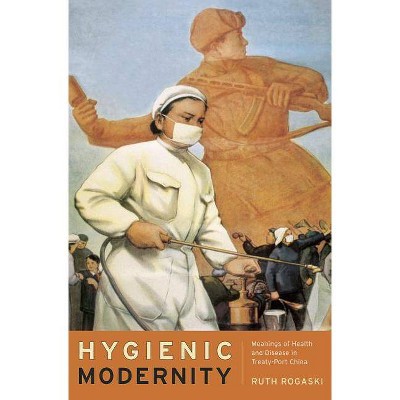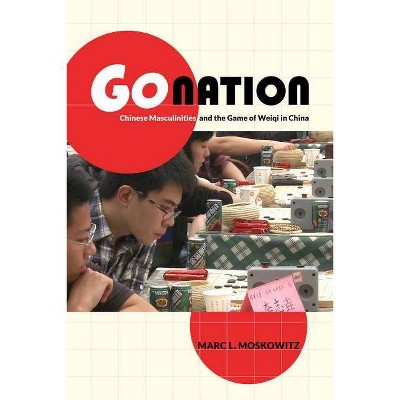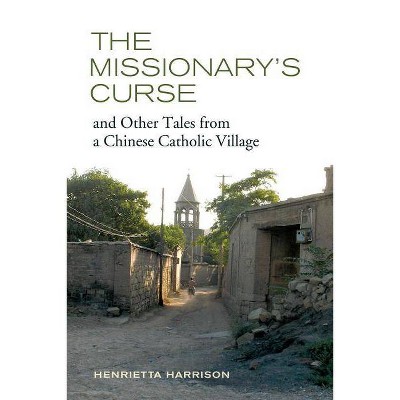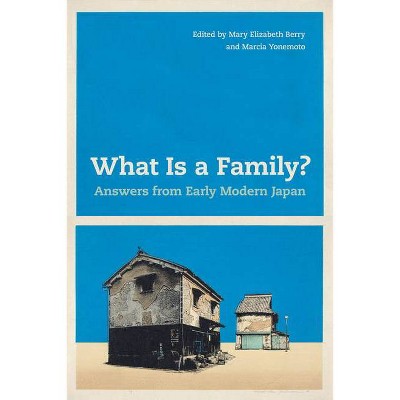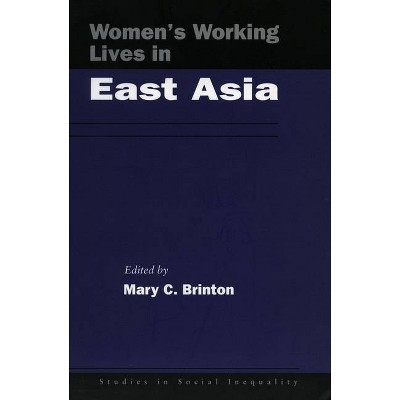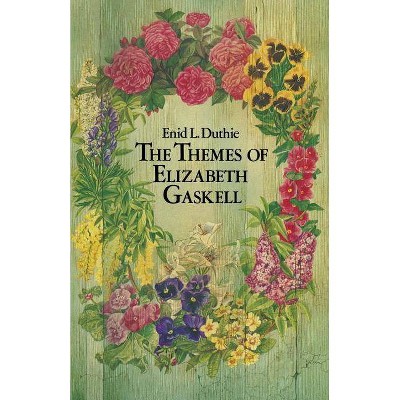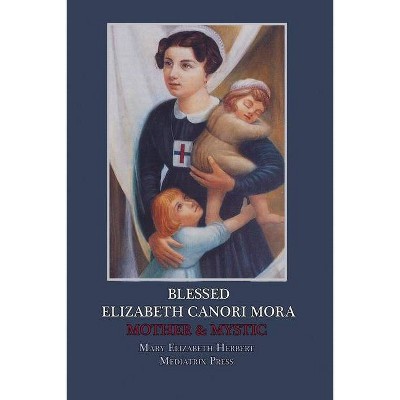Japan in Print, 12 - (Asia: Local Studies / Global Themes) by Mary Elizabeth Berry (Paperback)
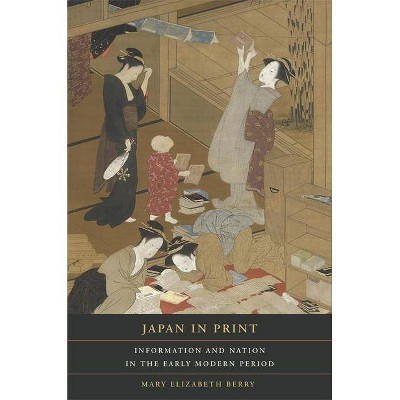
Similar Products
Products of same category from the store
AllProduct info
<p/><br></br><p><b> About the Book </b></p></br></br>"Anyone interested in the history of media and communications should read Beth Berry's extraordinary book. Learned, lucid, and lively, it has much to teach students of premodern societies in Europe and elsewhere."--Anthony Grafton, Henry Putnam University Professor of History, Princeton University <BR>"In "Japan in Print," Mary Elizabeth Berry crisply condenses a remarkable amount of primary research on difficult and little-known materials, and it interprets those materials in a highly original framework. The scholarship is superb, and the writing is as masterful as the research. Anyone interested in East Asian cultural production will find this compelling reading."--Karen E. Wigen, author of "The Making of a Japanese Periphery, 1750-1920" <BR>"This is a very important book, not only for its insights into a vast body of previously overlooked texts, but also for its methodology. While historians have known that early modern Japan produced maps, for example, no one has heretofore compared them to their medieval predecessors or examined them for what they say about an emerging Japanese cartographic imagination. This is a highly original work, and it will change the field."--Anne Walthall, author of "The Weak Body of a Useless Woman: Matsuo Taseko and the Meiji Restoration"<p/><br></br><p><b> Book Synopsis </b></p></br></br>A quiet revolution in knowledge separated the early modern period in Japan from all previous time. After 1600, self-appointed investigators used the model of the land and cartographic surveys of the newly unified state to observe and order subjects such as agronomy, medicine, gastronomy, commerce, travel, and entertainment. They subsequently circulated their findings through a variety of commercially printed texts: maps, gazetteers, family encyclopedias, urban directories, travel guides, official personnel rosters, and instruction manuals for everything from farming to lovemaking. In this original and gracefully written book, Mary Elizabeth Berry considers the social processes that drove the information explosion of the 1600s. Inviting readers to examine the contours and meanings of this transformation, Berry provides a fascinating account of the conversion of the public from an object of state surveillance into a subject of self-knowledge.<br /><br /><i>Japan in Print </i>shows how, as investigators collected and disseminated richly diverse data, they came to presume in their audience a standard of cultural literacy that changed anonymous consumers into an "us" bound by common frames of reference. This shared space of knowledge made society visible to itself and in the process subverted notions of status hierarchy. Berry demonstrates that the new public texts projected a national collectivity characterized by universal access to markets, mobility, sociability, and self-fashioning.<p/><br></br><p><b> From the Back Cover </b></p></br></br>"Anyone interested in the history of media and communications should read Beth Berry's extraordinary book. Learned, lucid, and lively, it has much to teach students of premodern societies in Europe and elsewhere."--Anthony Grafton, Henry Putnam University Professor of History, Princeton University<br /><br />"In <i>Japan in Print</i>, Mary Elizabeth Berry crisply condenses a remarkable amount of primary research on difficult and little-known materials, and it interprets those materials in a highly original framework. The scholarship is superb, and the writing is as masterful as the research. Anyone interested in East Asian cultural production will find this compelling reading."--Kären E. Wigen, author of <i>The Making of a Japanese Periphery, 1750-1920</i><br /><br />"This is a very important book, not only for its insights into a vast body of previously overlooked texts, but also for its methodology. While historians have known that early modern Japan produced maps, for example, no one has heretofore compared them to their medieval predecessors or examined them for what they say about an emerging Japanese cartographic imagination. This is a highly original work, and it will change the field."--Anne Walthall, author of <i>The Weak Body of a Useless Woman: Matsuo Taseko and the Meiji Restoration</i><p/><br></br><p><b> About the Author </b></p></br></br><b>Mary Elizabeth Berry</b> is Professor of History at the University of California, Berkeley. She is the author of <i>The Culture of Civil War in Kyoto</i> (UC Press, 1994) and <i>Hideyoshi</i> (1982).
Price History
Cheapest price in the interval: 34.99 on October 22, 2021
Most expensive price in the interval: 34.99 on November 8, 2021
Price Archive shows prices from various stores, lets you see history and find the cheapest. There is no actual sale on the website. For all support, inquiry and suggestion messagescommunication@pricearchive.us

